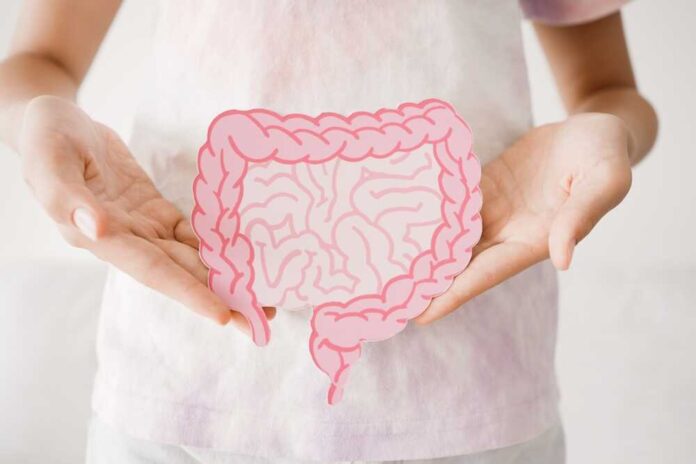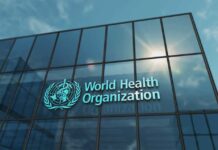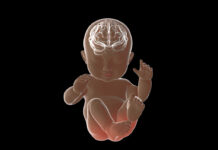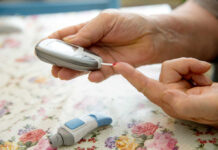
Groundbreaking research reveals that common prescription medications millions of Americans take daily are secretly metabolizing in their gut bacteria, potentially sabotaging drug effectiveness.
Story Highlights
- Gut bacteria metabolize 24% of major prescription drugs, rendering treatments ineffective for countless patients
- Heart medication digoxin increases dangerous infection risk through microbiome disruption
- Big Pharma’s drug testing ignores gut bacteria interactions, leaving patients with substandard care
- Natural bacterial compounds show promise for reversing liver damage without pharmaceutical side effects
Medical Establishment Ignores Critical Drug Interactions
University of Pittsburgh and Yale researchers discovered that 30 out of 127 tested prescription drugs targeting G protein-coupled receptors are metabolized by gut bacteria, with 12 medications being heavily transformed into different compounds. These GPCR-targeting drugs represent 35% of all FDA-approved medications, treating conditions from depression to heart disease. The pharmaceutical industry has systematically ignored this bacterial metabolism, focusing solely on liver enzyme processing while patients receive compromised treatments.
Dr. Qihao Wu’s team identified Morganella morganii bacteria as particularly aggressive in metabolizing iloperidone, an antipsychotic medication used for schizophrenia and bipolar disorder. This discovery explains why identical drug doses produce vastly different therapeutic responses across patients. The medical establishment’s one-size-fits-all approach has failed millions who unknowingly harbor drug-destroying bacteria in their digestive systems.
Common medications may secretly rewire your gut for years https://t.co/vQfgzuRO71
— Hank Dunckel (@HankDunckel) October 9, 2025
Heart Medications Create Infection Vulnerabilities
A massive epidemiological study tracking over one million individuals across 15 years revealed that digoxin, a widely prescribed cardiac medication, significantly increases Salmonella infection risk through microbiome disruption. The drug alters β-defensin production, weakening the gut’s natural defense mechanisms against dangerous pathogens. Elderly patients taking heart medications face compounded threats as their compromised immune systems struggle against medication-induced vulnerabilities.
Drug approval processes have treated the gut microbiome as irrelevant, missing critical interactions that endanger vulnerable populations. The revelation that non-antibiotic medications systematically disrupt protective bacteria challenges decades of medical assumptions about prescription drug safety and efficacy.
Natural Solutions Outperform Pharmaceutical Interventions
UC Davis researchers identified 10-hydroxystearic acid (10-HSA), naturally produced by Lactobacillus bacteria, as capable of reversing liver damage and repairing gut lining without toxic side effects. In laboratory studies, 10-HSA treatment restored gut barriers, normalized metabolism, and reduced inflammation more effectively than synthetic pharmaceuticals. Dr. Satya Dandekar describes these microbial compounds as “precision weapons” that target inflammation exactly where needed.
Non-alcoholic fatty liver disease affects over 80 million Americans, costing healthcare systems more than $100 billion annually. The discovery that beneficial bacteria naturally produce therapeutic molecules superior to synthetic drugs exposes how the pharmaceutical industry has overlooked nature’s solutions while pursuing profitable synthetic alternatives. These bacterial metabolites work harmoniously with human physiology, offering genuine healing rather than symptom management with dangerous side effects.
Sources:
Some gut bacteria could make certain drugs less effective
UC Davis scientists find a microbial molecule that restores gut and liver health
PubMed research on medication-microbiome interactions
Non-antibiotic drugs also disrupt the microbiome
Clinical translation of microbiome research takeaways from the 2025 GMFH Summit


















